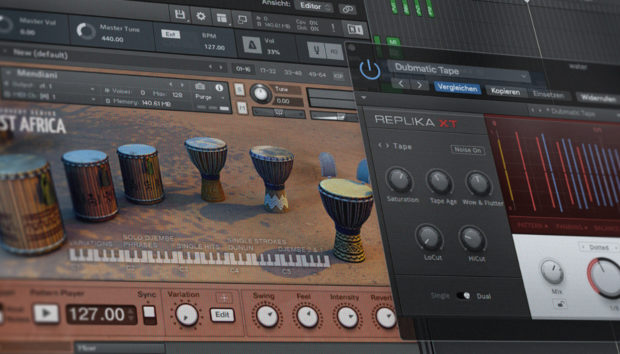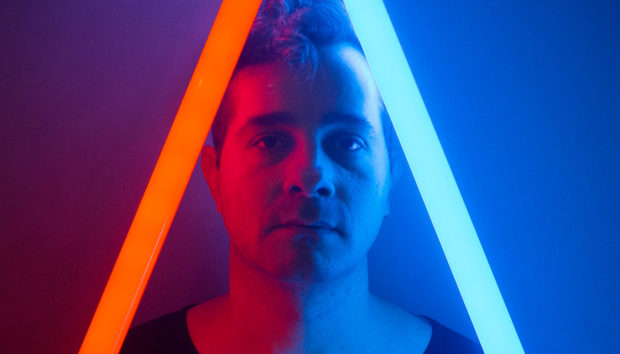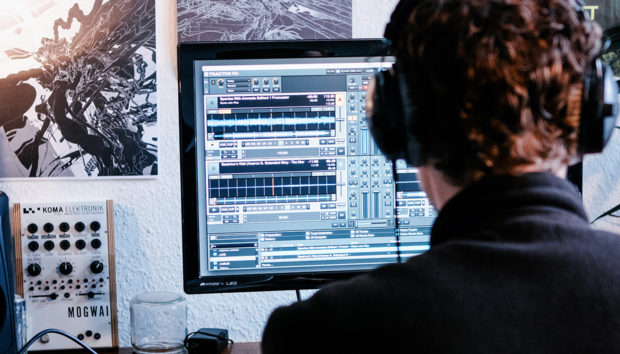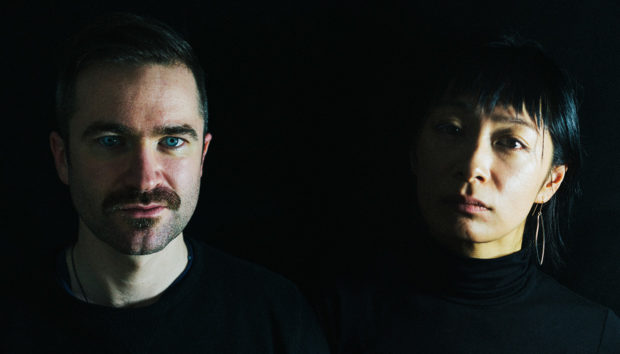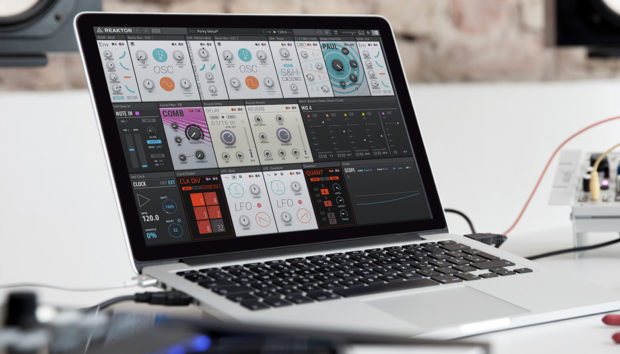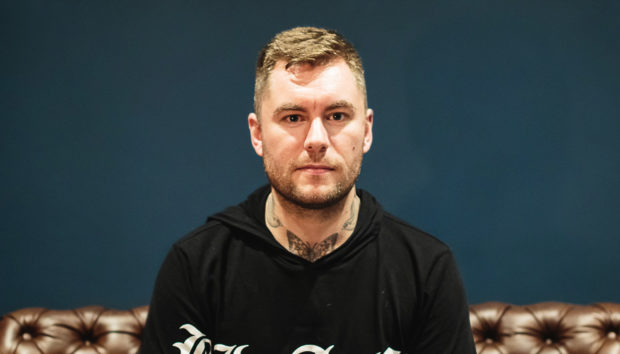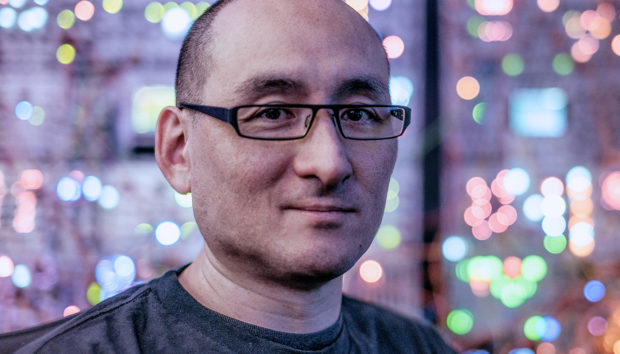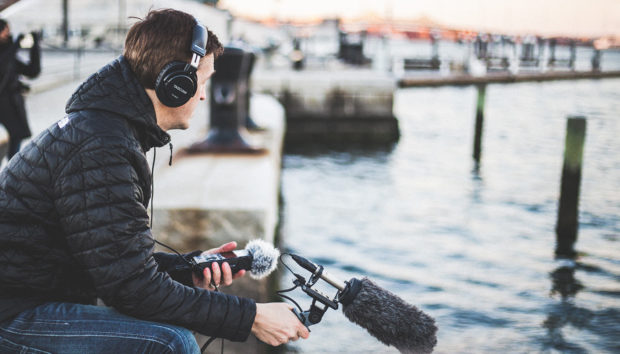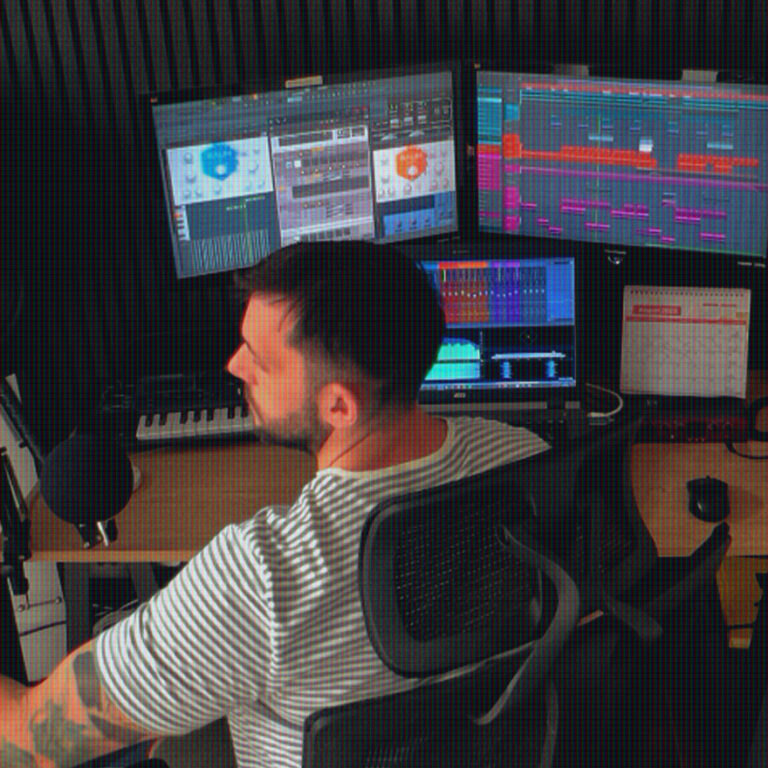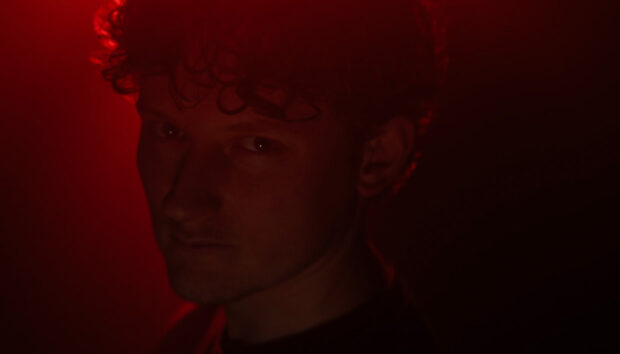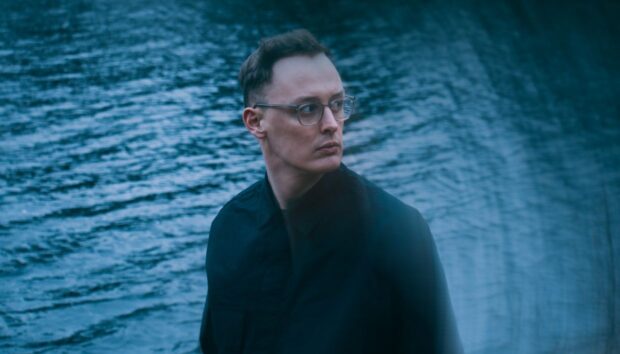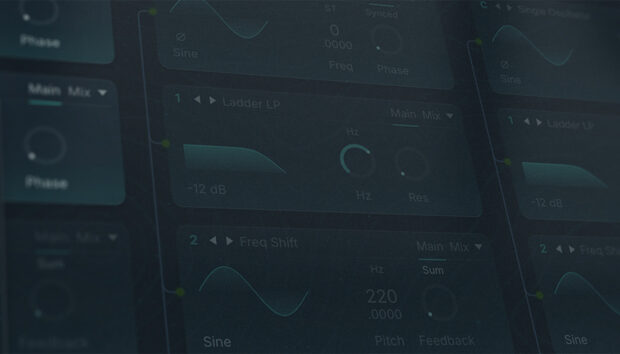Kokiri has been a steady presence in electronic music for over two decades, but he’s never been the kind of producer to stay in one lane. Whether under his main alias or his hardcore-influenced side project nicedah, he’s pushed his sound through a wide spectrum of styles, releasing on labels like Toolroom, Ministry of Sound, Armada, and even putting out remixes for names like Wilkinson and Kelly Clarkson.
Now, with the launch of his own imprints Kokidex and Hypersound, he’s finally built a home for his ideas to take shape without having to conform to outside expectations.
We caught up to talk about the freedom of working in a purpose-built garden studio, the benefits of staying lean with your plugin setup, and why Raum and Kontakt have become key players in his sessions. He also breaks down why having a clear workspace, a repeatable workflow, and a consistent mindset is more important than chasing gear. There’s a lot here for newer producers trying to carve out their own path, and plenty of reminders for more seasoned ones, too.
Jump to these sections:
- How building a garden studio reshaped Kokiri’s mindset and workflow
- Why a dedicated space makes focus easier and distractions fewer
- How Raum and Kontakt power a minimalist, efficient setup
- Balancing new plugins with trusted go-tos in daily production
- The chains and plugin combinations Kokiri now relies on most
- What newer producers should know about tools, setup, and career building
Kokiri’s been at this for over two decades, and his current setup reflects years of refining what works and cutting what doesn’t. In the conversation below, we dig into his favorite tools, studio philosophy, and what it takes to build a long-term career without burning out. Plus, get free Raum presets from Kokiri to transform your sounds.
Did building your garden studio change the way you approach production sessions?
The garden studio has been a complete game-changer, and honestly, it came about out of necessity. My partner and I were expecting our first child, so we needed the spare bedroom space. I couldn’t decide on any sort of fancy name, so I’ve given it the aptly named “Me Studio.”
Previously, my setup was just crammed into that small spare room, and it always felt like I was making music in a bedroom. I know I was, but this feeling was amplified, so it never really felt like I was actually working, if that makes sense.

Now, with the studio being at the very end of the garden and away from the house, it actually feels like I’m going to work. Although, like I’ve always said, I still don’t classify this as work because I enjoy it too much, and I don’t think people are supposed to enjoy their jobs this much.
The separation from the house definitely helps put me in the mindset of “right, now I’m at work, I need to get stuff done.” I close the door and have my own space to produce and explore my ideas. Behind the studio, there are a few trees, so it’s lovely walking down the garden with my coffee, listening to the birds singing. It’s less than a minute walk from the kitchen to the studio, but just hearing that always sets me up nicely for the day.
The sound quality is much better, too. Despite using room correction plugins in the spare bedroom, you could still hear how boxy that room was. This new space, just due to the size compared to the bedroom, sounds much better, and I’ve had some acoustic treatment done to it with more planned for the future. Being out of the way means I can work later now. Previously, I was only allowed to work in headphones, whereas now I can get up earlier or work later without bothering anyone.
I’ve also been collaborating a lot more since building the studio. It’s much nicer working with people in an actual workspace as opposed to being squashed together in a bedroom, and it’s opened up more opportunities with people coming to me for help with their productions.
Pro tip from Kokiri: Processing order matters. Experiment with the order of effects on your channel strips. Different orders bring out completely different results. Remember: there’s no right or wrong way.
Has having a dedicated space made it easier to stay focused and avoid overloading your workflow with unnecessary tools?
Definitely.
I’m easily distracted by most things, so even something in the house like the washing machine or the doorbell would distract me and take me away from my work. Now I don’t have to deal with any of this. When I get to my studio, I close my door, turn my phone upside down and on silent (I’ll sometimes leave it at the back of the room to ensure no distractions at all). It’s a bigger space, so if I need to move around or stand up, there’s space behind my chair to do so.

I always start my morning with a coffee. I think I speak for most music producers with that one – and depending on the day, I’ll go through my admin first, then make sure my phone is in ‘Work’ focus mode so I can only be disturbed if it’s absolutely necessary.
Regarding unnecessary tools, I like to think I’ve always been a bit of a minimalist. Maybe my loft would beg to differ. But I don’t really like clutter, and especially if it’s somewhere you need to go each day, it’s better to have it nice and tidy with only the things you actually use.
I don’t really have much hardware. I tend to do most of my stuff in the box, which just makes it easier to focus on the music rather than getting caught up in gear. But I need to have my keyboards next to me. It makes it easier to write songs when I’m able to play along.
The organization and basic layout of my studio help me stay on track with my focus and ensure I’m sticking to the job at hand.
Pro tip from Kokiri: Test on everything. People listen to music everywhere, so check your tracks on different systems: headphones, phone speakers, smart speakers, and in the car. I think if it sounds good in a car, it sounds good everywhere.
How do plugins like Raum or Kontakt fit into your simplified studio setup? Do you find that using a smaller set of tools speeds up your decision-making when producing?
Raum is my go-to reverb for most things. I remember getting it a while ago. I opened it up, tried out the first few presets, and was blown away by how brilliant it sounded. The great thing about it is the different modes. They all work so well with different things.
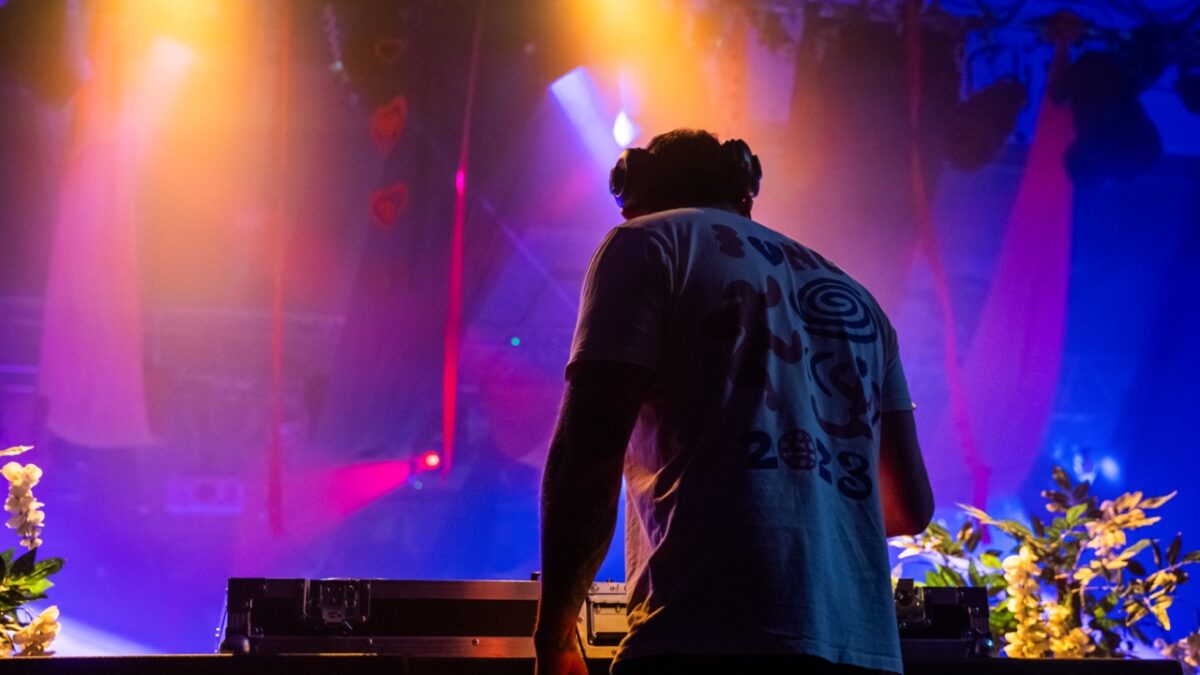
I also love the freeze feature. One of the things I like doing is freezing an element of a song I’m working on and then using it as some form of texture in the song.
Kontakt is probably the best sampler out there. And that’s primarily what I use it for because, as a sampler, it’s an absolute powerhouse. It replaces any other sampler I’ve tried because of what can be done within it. Nothing else is needed, and the results are great.
These plugins definitely speed up my decision-making. As mentioned, Raum is my go-to reverb. So, regardless of what I’m loading up – if I need a reverb, I’ll always add a Raum. With Kontakt, you can load in a sound, manipulate it with the onboard effects, and create something completely different from what you initially loaded in.
The workflow is great. I scroll through my sounds, audition them in real-time, and then edit them. I’ve made my own presets for these plugins, and I want my music to sound pretty cohesive within reason, so these plugins work perfectly. I can open them, load a preset I’ve created, and know it will sound good or take minimal tweaking.
I’d actually go so far as calling them essential because they are my go-to reverb and my go-to sampler.
Although to some people they may look daunting, once you understand the basics and know your way around them, they’re a valuable part of any plugin setup. I’m not much of a hardware producer. A lot of my stuff is in the box. So it makes it easy for me to reach over to an instance of Raum for a piano I’m working on, use my piano preset, and I’m away.
Using these kinds of tools helps me to keep things simple.
Pro tip from Kokiri: Set up project templates with your go-to sends, channels, and color coding already loaded. You’ll spend less time organizing and more time producing.
How do you balance experimenting with new tools versus sticking with familiar ones like Kontakt or Raum?
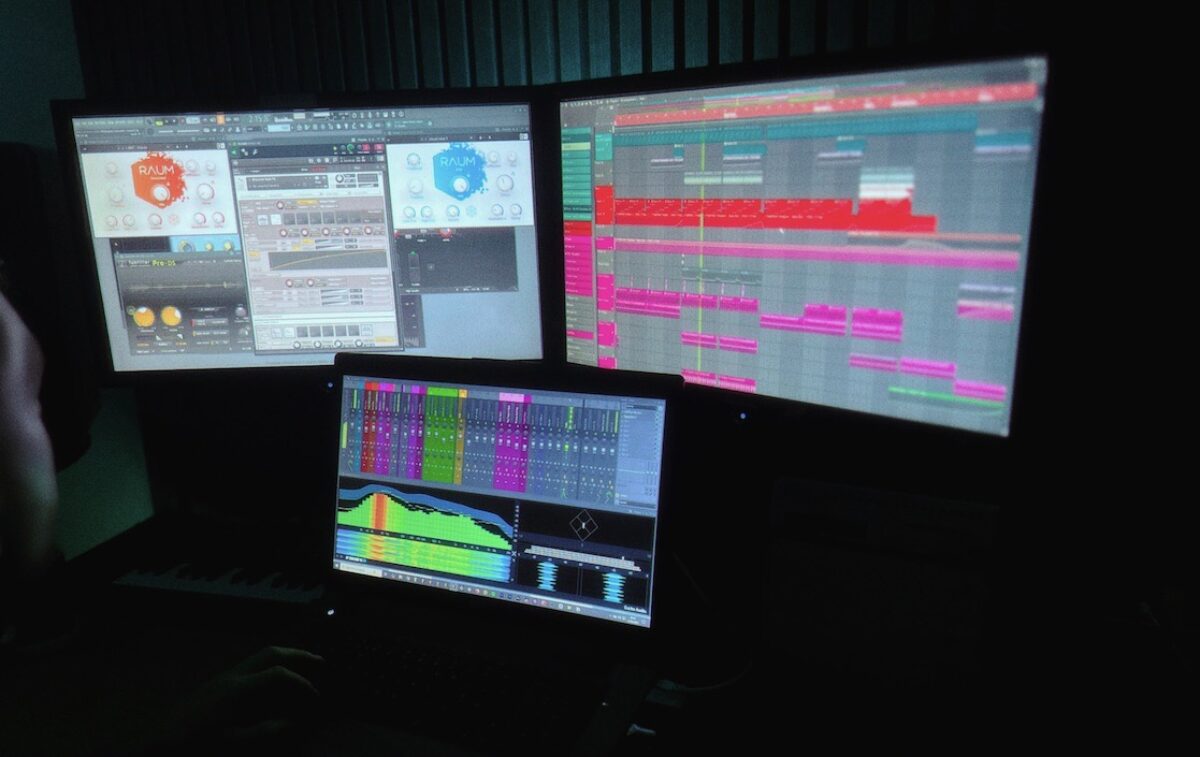
As much as I can be stuck in my old ways, I know that lots of great new plugins are being released all the time.
If a product has an interesting advert or looks like something that may enhance my workflow, then I’m all for giving it a try. A lot of new plugin developers allow you to test their products for a couple of days, so I’ll do that and see if it makes a difference to the way I work. I’ll also A/B it against other plugins to see if it improves things.
It’s difficult to avoid shiny object syndrome, especially because I do love new things. But it’s actually a simple philosophy – I ask myself a couple of questions:
Is this necessary for me to continue with my work?
Do I have something already that can do the job?
Most of the time, I’ll already be able to do whatever the new plugin is claiming to do. But sometimes plugins come out that will blow stuff out of the water. I know a new tool will be added to my workflow when I find myself reaching for it over other plugins already in my arsenal.
The key is having a testing process that doesn’t disrupt your main projects. I’ll usually set aside time specifically for trying new tools rather than getting sidetracked mid-session. If something genuinely improves my workflow or gives me results I can’t achieve with my current setup, then it earns its place. But I’m quite protective of my established workflow because I know it works, and I don’t want to fix something that isn’t broken.
Pro tip from Kokiri: Keep a spectrum analyzer visible while producing. You can learn a lot from seeing your sound as well as hearing it. Most DAWs have them built in, or there are loads of free ones available.
Have you developed any consistent chains or plugin combinations in your garden studio that you now rely on?
I use Raum on two to three sends on most of my projects. I use it for my drum bus as I tend to have a very tight reverb on my drums. The Grounded algorithm works really well for this. I have a larger one for my vocals (there’s actually a preset called Vocal Hall, which is a great starting point too – I’m pretty sure this is what my vocal send is based on!)
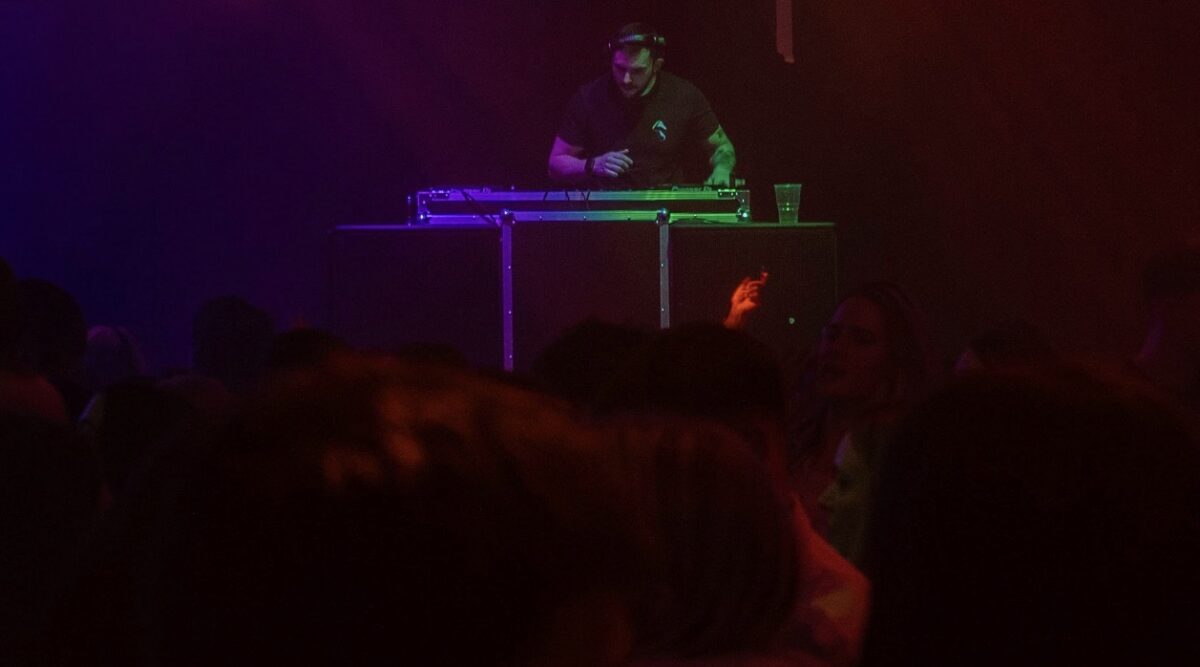
I also have an over-the-top reverb send for when I want to have crazy big reverbs. Again, this is another Raum send. I think with me, once I find something I like to use, I’ll continue to use it. Even if new things come out, if I like it and it works for me, then I’ll stick with it.
I have a couple of what I call ‘filter’ chains for Kontakt when I’m using any sort of individual stab or chord sample. It’s a very simple setup in which the velocity triggers where the stab will play in relation to the filter. Then I use the built-in reverb and delay to make it sound spacious and lush.
I’ve been producing music for over 20 years now, so over time these have changed and evolved to meet my needs, or to meet new plugins that have been released. They’ve developed based on the style of music I’m making at that point in my career and what I’m aiming to achieve.
I have a handful of templates that I use each time, and I’ll add or remove plugins based on whatever sound I’m trying to achieve. To make sure my workflow is fast, I’ll always use templates I’ve already created unless I’m really struggling to make it work – then I’ll start from scratch. It all depends on what I’m trying to achieve, which is why I’ll adapt my chains. It’s all about tweaking until it works, and if it doesn’t work, I’ll try something different to get to the result I’m looking for.
Pro tip from Kokiri: Think beyond major and minor. Try writing your music in a different mode. It will completely change the feeling and emotion of the piece of music. Most people stick to major and minor, but other modes have unique sounds and characteristics.
What would you tell newer producers about the relationship between studio setup, tool selection, and building a sustainable career?
Don’t be put off by seeing producers with huge studios full of equipment. When I first started, I didn’t even have proper speakers. I had a faulty pair that I had to plug headphones into every so often, because they would switch themselves off.
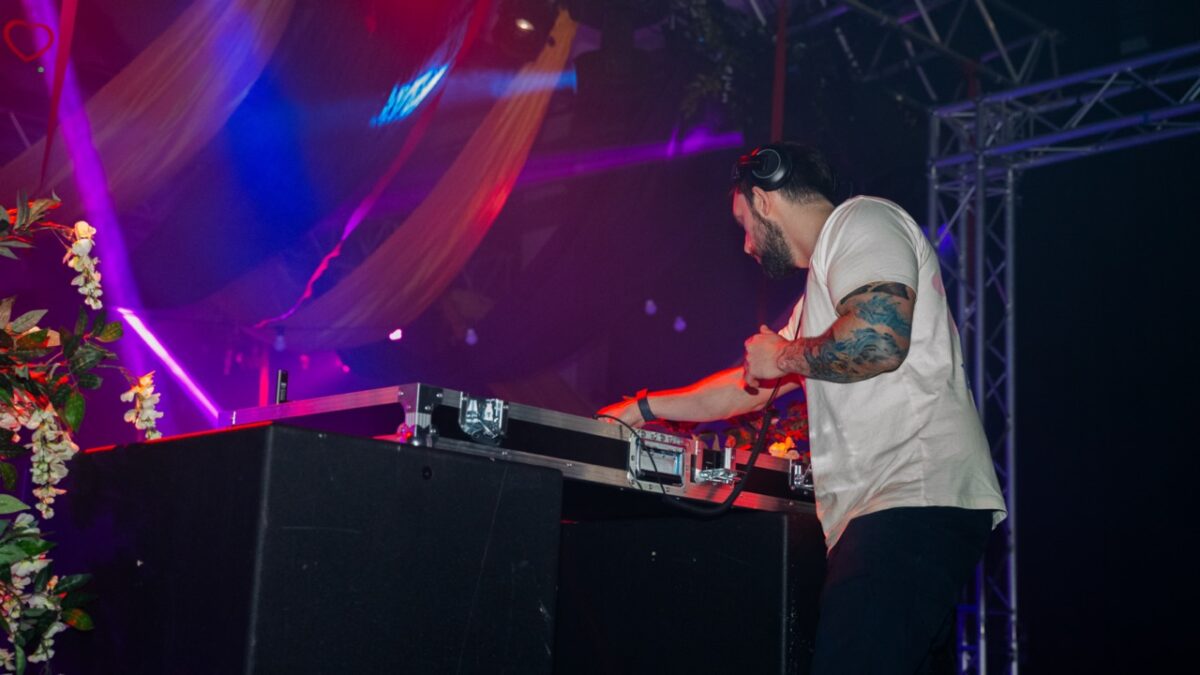
If you’ve got good ideas, they’ll shine through regardless of what equipment you have. The most important thing is to focus on being creative and trying to stand out. We live in a world now where people are bombarded by social media. There are so many people making music, so many people DJing. You need to make sure that whatever it is you’re doing, you’re doing it well and it’s allowing you to stand out.
Don’t be afraid to experiment. Trying new things makes music exciting and fun. Even if it doesn’t seem to fit the norm, just give it a go anyway. Follow your own path, listen to other artists and take inspiration from them, but use that to help shape your own sound and individuality.
We live in a world now where there’s so much information and so many people doing things and being creative. That’s great for the industry, but as mentioned, it makes it more difficult to stand out. When making music or sending music off to labels, give them a reason to want to look at your socials, or give them a reason to want to listen to your music.
The key to a sustainable career is being good at what you do and standing out, so make sure you practice loads. Every idea is a good idea, even if you don’t think so at the time. Don’t think that things happen overnight. In some cases, yes, this can happen, but this is a tough industry, so you’ve got to work hard.
Focus on developing your unique sound rather than just collecting gear, because at the end of the day, it’s your creativity and individuality that will make people remember you.
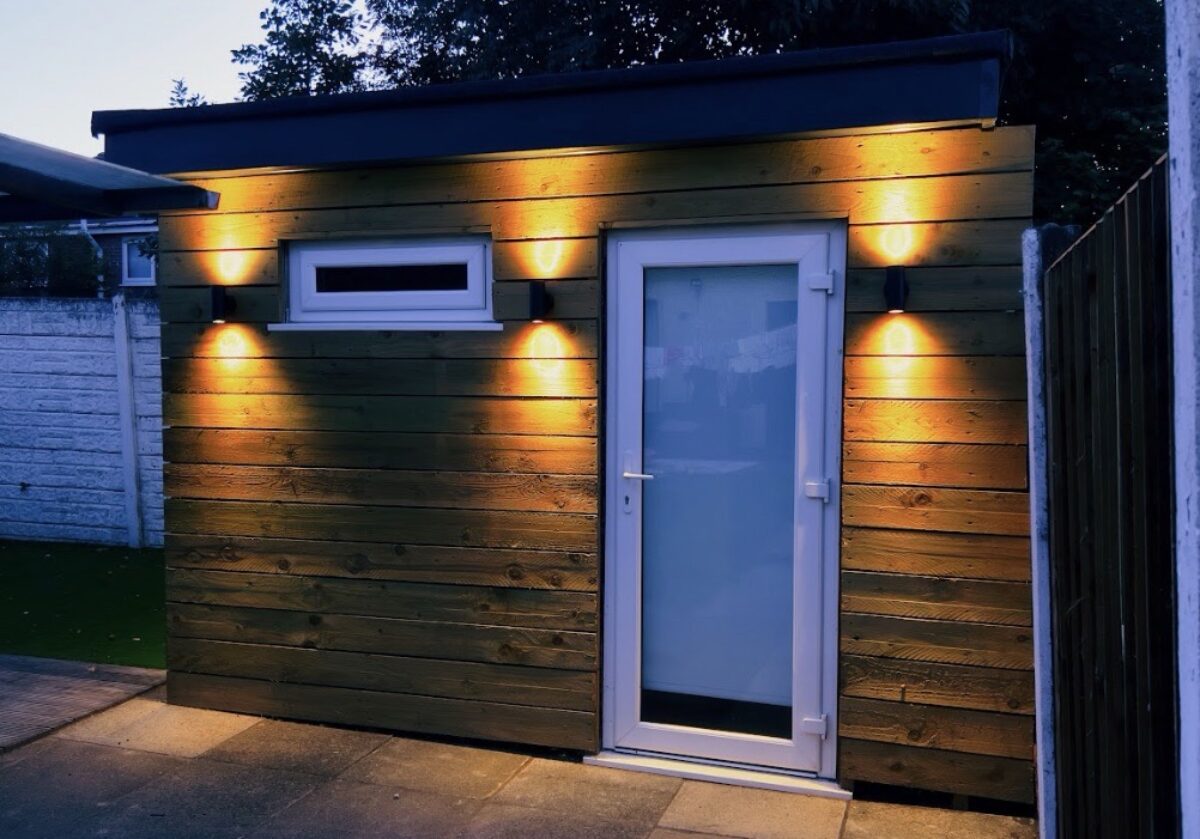
Pro tip from Kokiri: Break your own rules. Don’t be afraid to try things that go against the norm. Experiment with techniques you’d normally avoid, because that’s how happy accidents happen. It’s your music, so you make the rules. But always remember to save regularly!
Wrapping it all up
Big thanks to Kokiri for pulling back the curtain on how he works, what keeps him focused, and why simplicity ultimately matters.
Whether it’s pushing his sound forward with Raum and Kontakt or carving out space in his garden to stay productive as a new parent, his approach shows how consistency, clarity, and curiosity can carry a career.
Be sure to check out his recent releases on Kokidex and Hypersound, and keep an eye out for his collaborative work with SELKER. There’s a lot more on the way.
